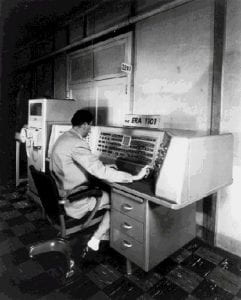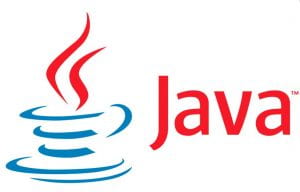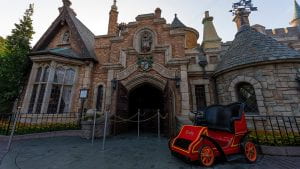To continue with the theme of this project continuity and change I decided to look into the history of programming languages. I decided to talk about programming languages since they started to pick up pace in the ’50s.
The first-ever “programming language” was created well before its time by Ada Lovelace. The reason I say it was well before its time is that it predated the computer. The first-ever “real” programming language was called Plankalkül. Plankalkül allowed for the creation of procedures that would store chunks of code that could be used to perform routine actions. Although there were programming languages like Plankalkül it wasn’t until 1959 when the first programming language that is still used today was created called FORTRAN.

Now that I have covered some early programming languages let’s look at some more recent ones. The first modern programming language we are going to be looking at is python which was created in 1991 and is still being used by companies such as Google, Yahoo, and Spotify. The last language we are going to be looking at is Java which is object oriented and was invented in 1995 and can be used for all types of things.
So how have programming languages changed and stayed the same? I feel that just looking at some example code from the different languages can give you a good understanding.
Java
Python
FORTRON
When looking at the code from each language you can see lots of similarities and differences with structure and functions. The first big difference is the indentation with most modern languages requiring indentation whereas in FORTRON indentation is not required. You can also see lots of similarities in functions with all sharing the if-else function. Along with the if-else functions they all have a form of the print function.
In conclusion, I was surprised to see how much in common older programming languages had with more recent ones and am looking forward to looking more into languages such as FORTRAN.








